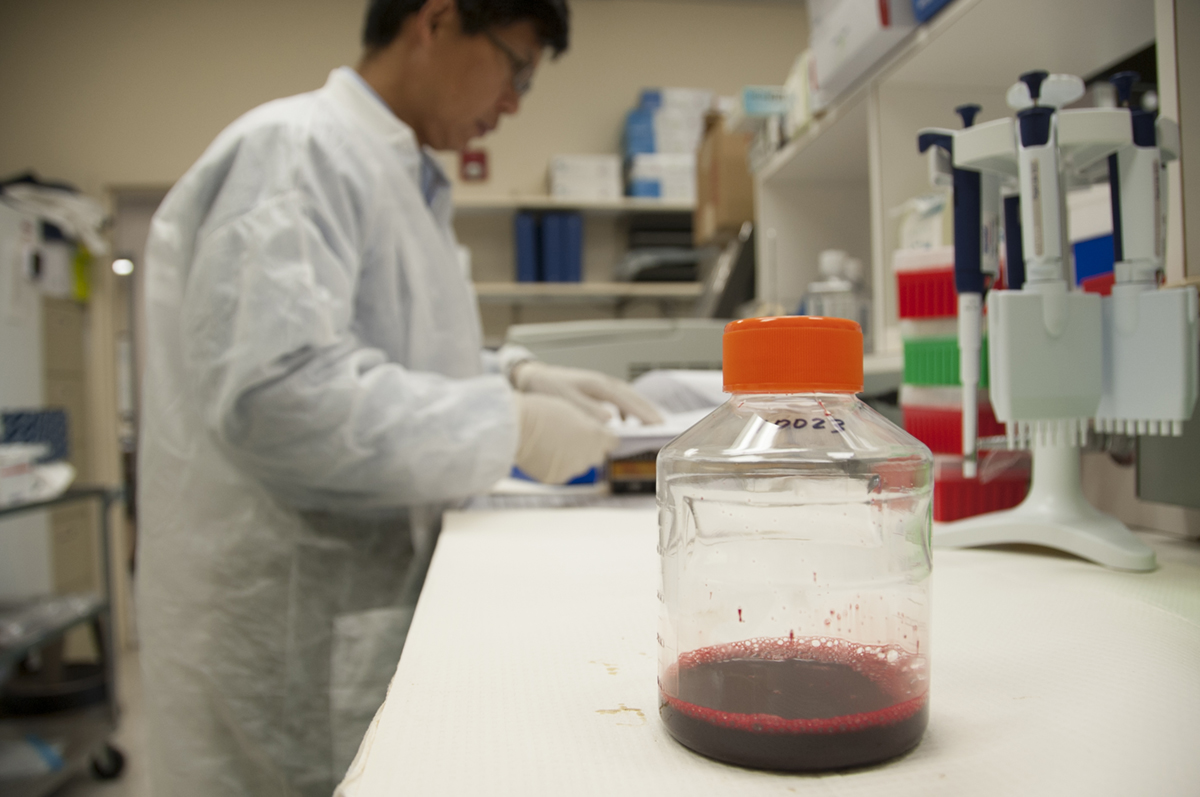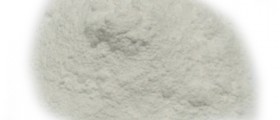
Our blood is a complex fluid, which is composed of many different components – water, cells, organic and inorganic compounds. All these compounds are slightly acidic or slightly basic (alkaline) and thanks to this, blood in general is of pH that is not neutral (pure water is said to be of neutral pH, 7.0, values below 7.0 indicate acidic environment, while values over 7.0 indicate alkaline environment). Acidity of blood in normal circumstances is 7.4, which means that blood is slightly alkaline.
Acidosisand alkalosis
Theseare terms that refer to conditions where the acidity of blood changes and blood becomes more alkaline or more acidic. This happens when there is an imbalance between acidic and alkaline components in the blood and the balance is disturbed. For example, the blood becomes more acidic if there is an increase in quantity of acidic components of the blood, while alkalinity increases if there are more alkaline components in the blood than there are acidic components.
Changes in blood acidity can cause serious problems, as our organism is built to function properly in a very narrow pH range and many chemical reactions essential for cell functioning cannot take place or go wrong if the pH of the surroundings is out of the usual range. In general, acidosis is condition when pH of the blood drops below 7.35 and alkalosis is condition when pH of the blood rises over 7.45. Severe acidosis means that pH of blood has gone below 7.0, and severe alkalosis is when the pH of blood rises over 7.5.
Whatcauses acidosis and alkalosis?
Causesof both these conditions can be certain diseases such as emphysema and kidney failure, which cause irregularities in the organism's ability to regulate level of acidic compounds in the blood. Also, if large amount of body fat is metabolized, as in case of diabetes or starvation, there will be a sudden increase in levels of acidic compounds in the organism. Also, acidosis can be caused by a high intake of proteins or consumption of acidic foods.
Alkalosis can be caused by strong diarrhea, or loss of carbonic acid through fast breathing, vomiting, or even intake of sodium bicarbonate related to relieving the symptoms of gastric reflux.
Symptoms
Respiratoryacidosis occurs when we cannot eliminate acidic carbon dioxide through the lungs efficiently. This leads to headaches, drowsiness, breathing problem, or even coma. Metabolic acidosis is caused by excessive production of acidic components, caused either by consumption of acidic compounds or abnormal metabolism, or accumulation of such components caused by kidney failure. Symptoms are nausea, vomiting and fatigue, rapid breathing, and in severe cases, drops in blood pressure that can lead to shock, coma, or death.
Respiratoryalkalosis is caused by hyperventilation and the release of too much carbon dioxide from the blood through the lungs. Metabolic alkalosis is caused either by a large increase in alkaline compounds or a large loss of acidic compounds. Typical symptoms for alkalosis are muscle twitching and cramps, which can become prolonged in more severe cases.
Treatmentof both acidosis and alkalosis is recommended by a healthcare professional upon establishing the diagnosis and proper cause of the condition.

















Your thoughts on this
Loading...